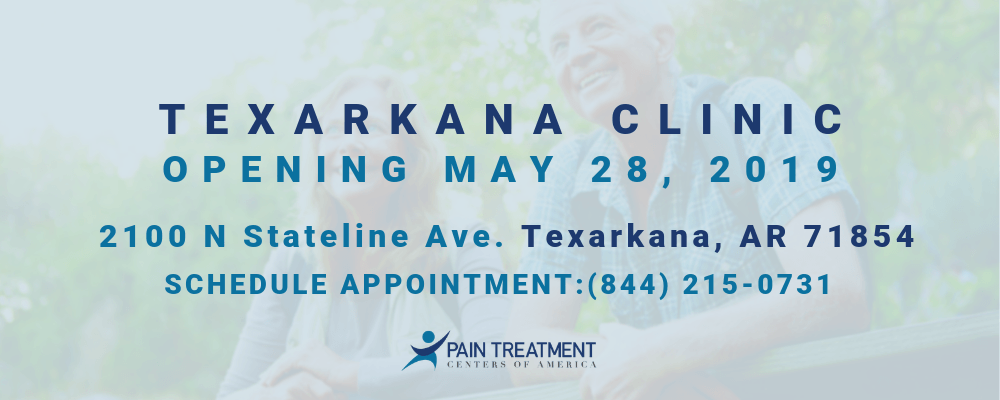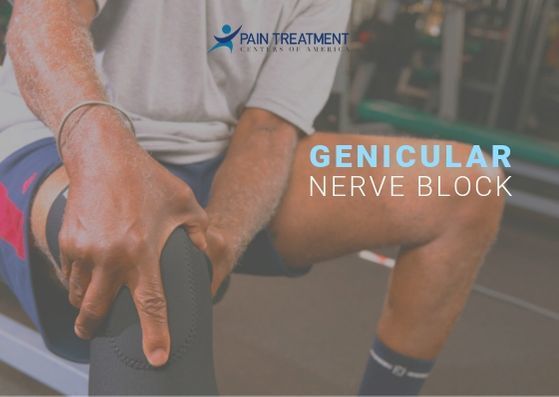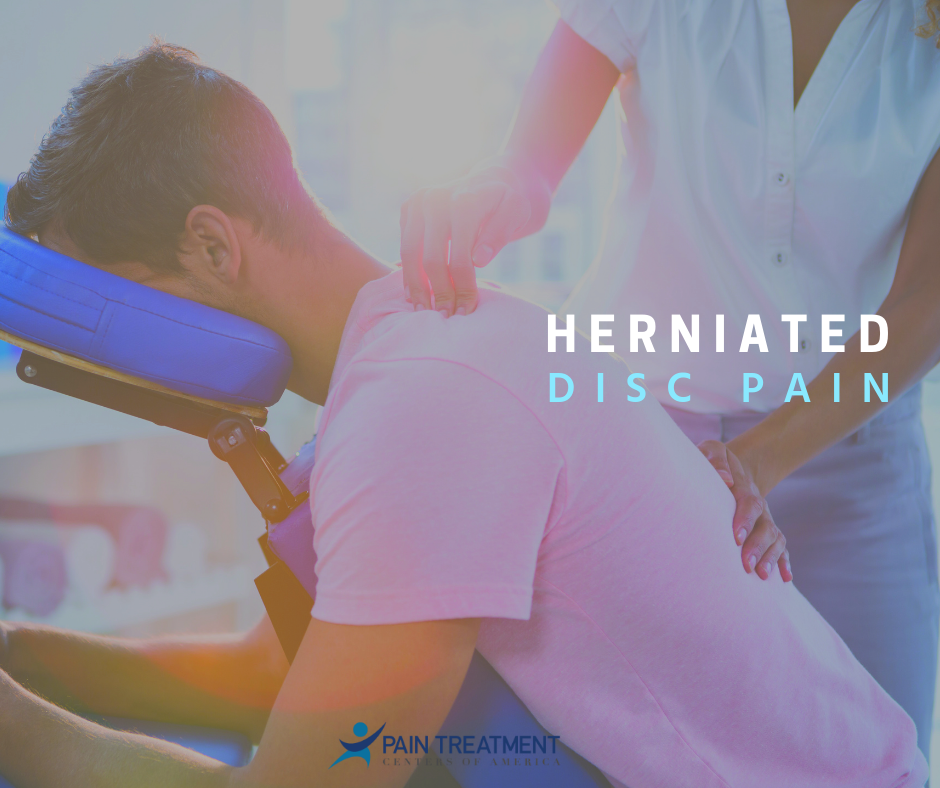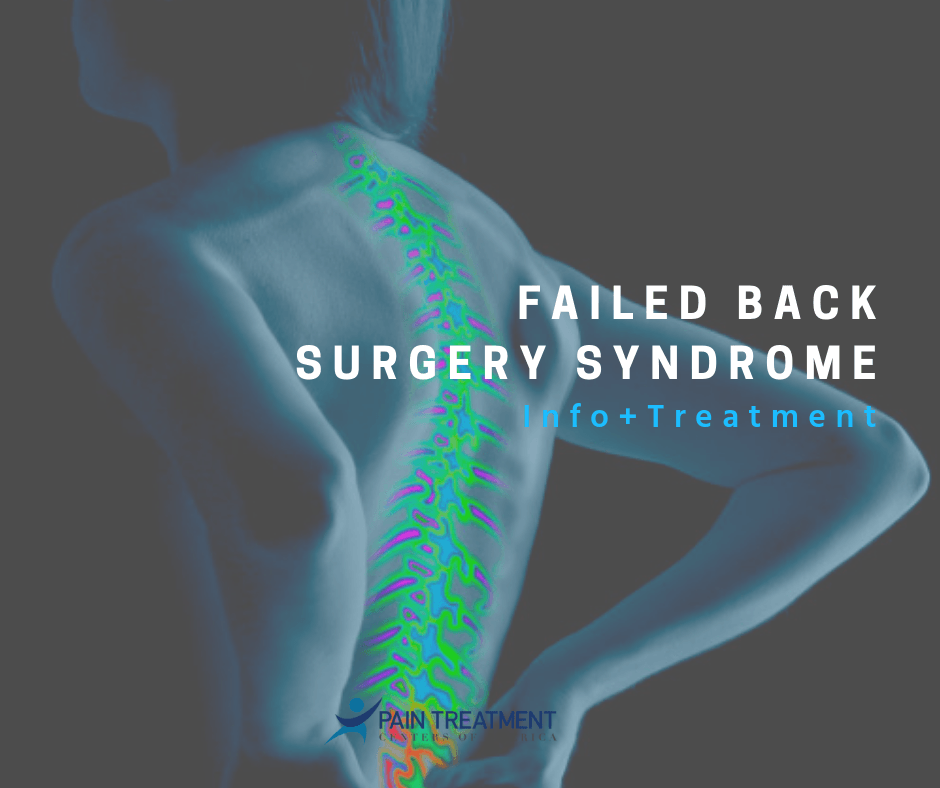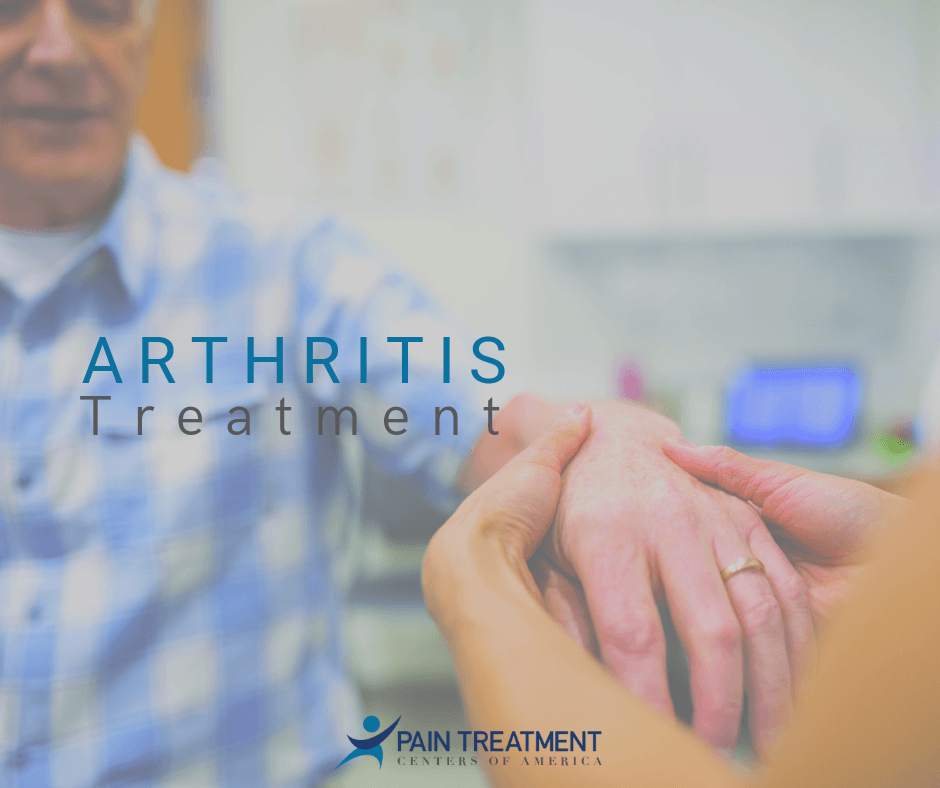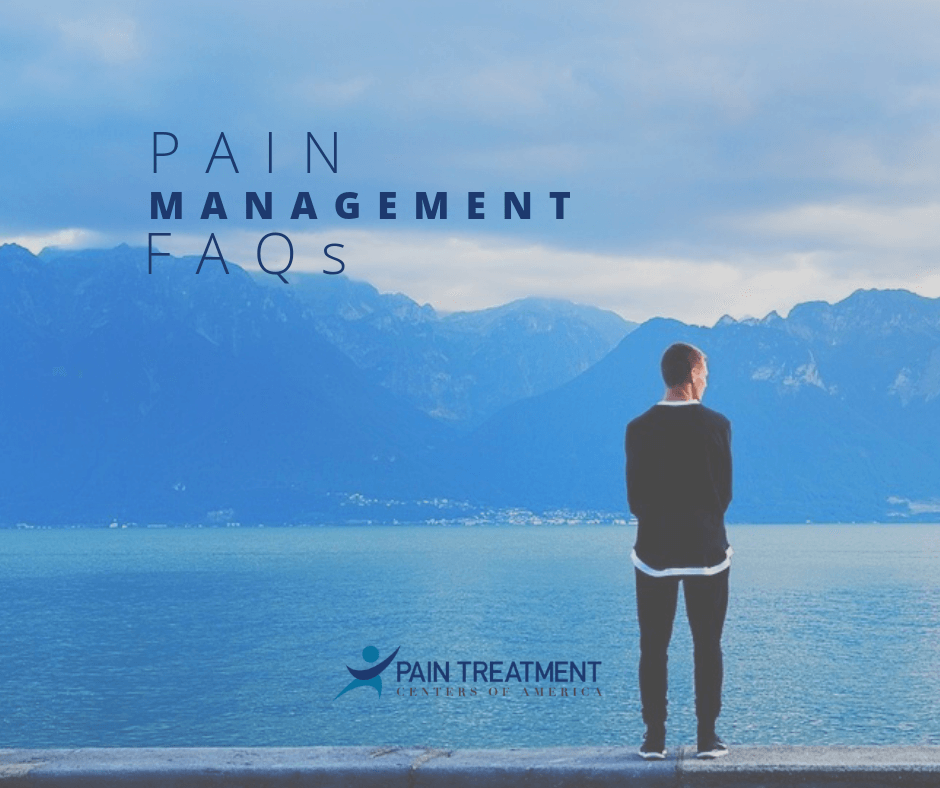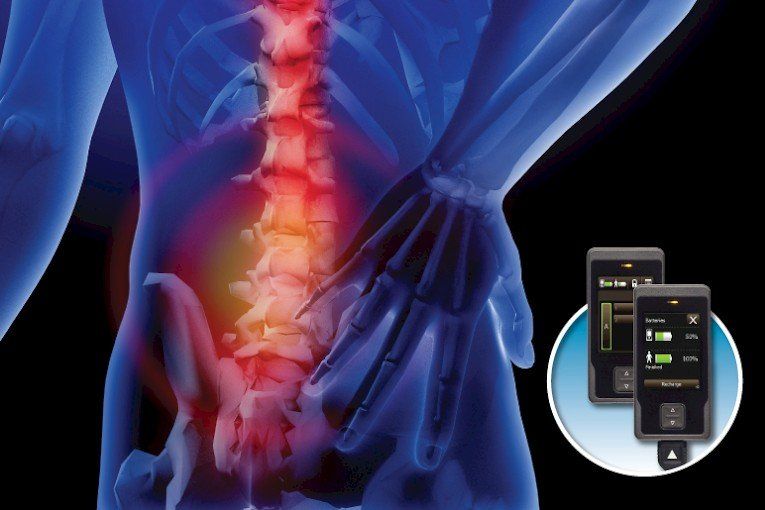Intrathecal Pain Pump Trials/Management
- By PatientPoint Launch
- •
- 10 Jan, 2019
- •

Quick Facts:
Time off From Work: 1-2 weeks, varies by patient
Incision: Abdomen, 6 inches; Back, 2-3 inches
Insurance providers: Aetna, BlueCross BlueShield, Medicare, Medicaid, Cigna, Tricare, United Health Care, Blue Advantage, Qual Choice, Health Advantage, UMR United Healthcare
What Is an Intrathecal Pain Pump?
If you have chronic pain or cancer pain that has failed to respond to other methods of treatment, we encourage you to look into an intrathecal pain pump. An intrathecal pain pump can help abate pain when other types of pain care have not worked or have caused severe side effects. Intrathecal pain pumps may be used to treat your pain if surgery is not an option.
The pump sends small amounts of medicine through a tube that is inserted into the space around the spinal cord. A small electronic device that stays outside your body controls the pain pump. The tube is connected to the small, round pump that has been implanted.
Both the pump and tube are implanted under your skin in a minor surgery. Medicine from the pump is sent through the tube where it reaches nerves along the spine, helping to prevent them from sending pain signals to the brain.
Conditions Commonly Treated by Intrathecal Pain Pump:
- Failed Back Surgery Syndrome (continued pain despite surgery to the spine)
- Radiculopathy (pain that progresses down your arms/hands or legs/feet)
- Chronic Pain Syndrome (any type of chronic pain that has failed to respond to more conservative measures)
- Arachnoiditis (painful inflammation and scarring of the meninges or wrapping that protects nerves)
Read A Related Article by PTCOA: Understanding Back Pain and Knowing Your Options
How Is an Intrathecal Pain Pump Implanted?
This type of procedure requires a trial before having the pump permanently implanted to make sure it will work for you. You will be given an IV and sedation to help make you comfortable. After a shot of numbing medicine, an epidural needle is placed in the intrathecal space. Once the needle is properly positioned, a specialized tube will be inserted through the needle.
Once the tube is in place, your physician will remove the needle and inject a concentrated pain medication through the tube. You will be moved to the recovery room after the medication is injected. During this time, you can walk around, have food and water, and basically “hang out” while we wait to see if the intrathecal system will relieve your pain. You may receive a second injection in the recovery room and be asked to rate your improvement.
Once your physician determines that you achieved substantial improvement in pain, without side effects, the tube will be removed, and you will be sent home following observation. After a successful trial, you will be referred to a neurosurgeon to have the pump permanently implanted. For this procedure, you will have to be admitted to the hospital for a few days, depending on your doctor’s preference and hospital procedures.
Once the pain pump is permanently placed, your physicians at PTCOA will manage all maintenance, refills, and adjustments for your pump and medication.
Risks of an intrathecal pain pump implant:
- Side effects of the opioid or other medication
- Damage to the nerves of the spine
- Infection
- Small growth of tissue near the catheter (granuloma)
- Mistakes in programming the device that may make the medicine dose too high or too low
- Tear in the catheter that stops the medicine from reaching nerves
- Leaking of cerebrospinal fluid (CSF) that causes headaches and other symptoms
- A pocket of CSF under the skin (hygroma)
- A pocket of other fluid under the skin (seroma)
- Changes in endocrine function
- Need for higher doses of medicine over time







